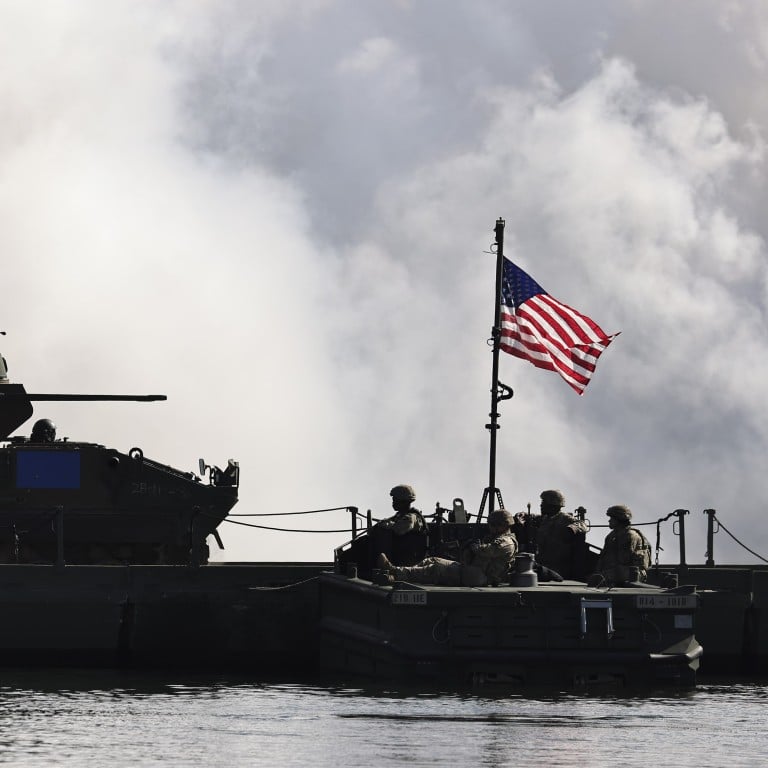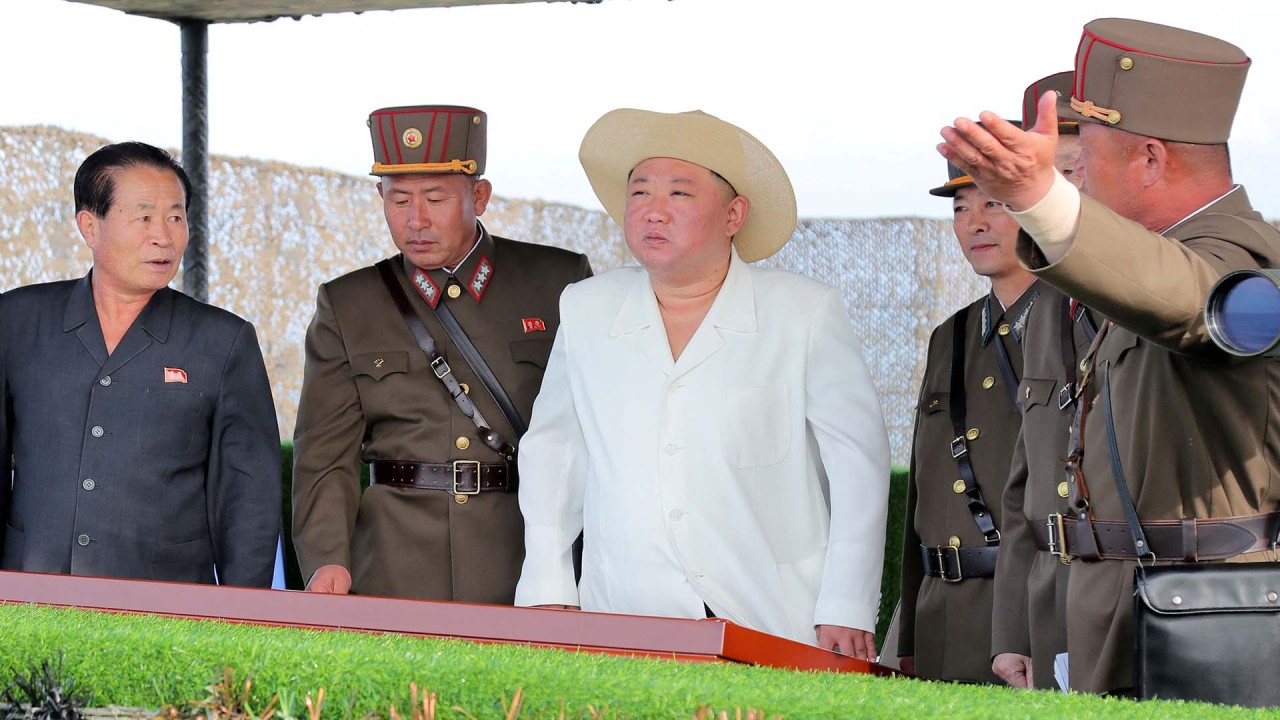
As North Korea threat grows, US dismisses nuclear talk in Seoul as ‘irresponsible’
- Pyongyang’s spate of shelling violates an inter-Korean accord that is the last remaining security device to prevent accidental armed clashes along the border
- US envoy to Seoul urged China to play its part to help restrain the North, while also dismissing calls by some conservatives in Seoul to acquire nuclear arms
All the artillery shells fell into eastern and western “buffer zones” north of the de facto inter-Korean sea border, known as the Northern Limit Line, violating a 2018 accord to reduce tensions.
This is a dangerous situation that must be carefully handled
“The 2018 inter-Korean military accord, which is the last security device aimed to prevent accidental armed clashes along the border, is being under threat from the escalating military activities by both sides,” said political-science professor Yang Moo-jin of the University of North Korean Studies. “This is a dangerous situation that must be carefully handled.”
It marked the first time since December 2017 that the two allies have conducted large-scale aerial exercises.

The South Korean and US joint military exercises come amid growing concerns Pyongyang may soon conduct a new nuclear test after carrying out six nuclear tests between 2006 and 2017.
“Massive US-South Korea joint military drills tend to cause the North to be tempted all the more to push ahead with a new nuclear test even though such military exercises are purportedly designed to deter the North,” Yang said.
There have also been growing calls for the South to acquire nuclear weapons by either having US tactical atomic weapons redeployed or developing its own arsenal to deter the North’s nuclear threats.
All this talk about tactical nuclear weapons, whether it comes from [Vladimir] Putin or from Kim Jong-un, is irresponsible and dangerous
But US ambassador to South Korea Philip Goldberg dismissed such suggestions raised by conservative politicians and some scholars.
Goldberg emphasised the need to focus “not on increasing the threat from nuclear weapons, whether they be tactical or otherwise, but to address the need for ridding the world of these weapons”.
“So our work at the moment with our allies here and our allies in Japan is to respond to these provocations and threats by showing resolve, but nobody should doubt our commitment to extended deterrence,” he said.
“While we will continue to press Beijing to be the responsible actor on the world stage it claims to be, we cannot rely on the PRC [People’s Republic of China] to play a supportive role in resolving regional and global challenges if that kind of attitude continues,” he said.
Robert Kelly, a professor of political science at Pusan National University in the southern port city of Busan, said the US and China were sliding into a cold war and countries like North Korea and Russia were “informal partners”.


